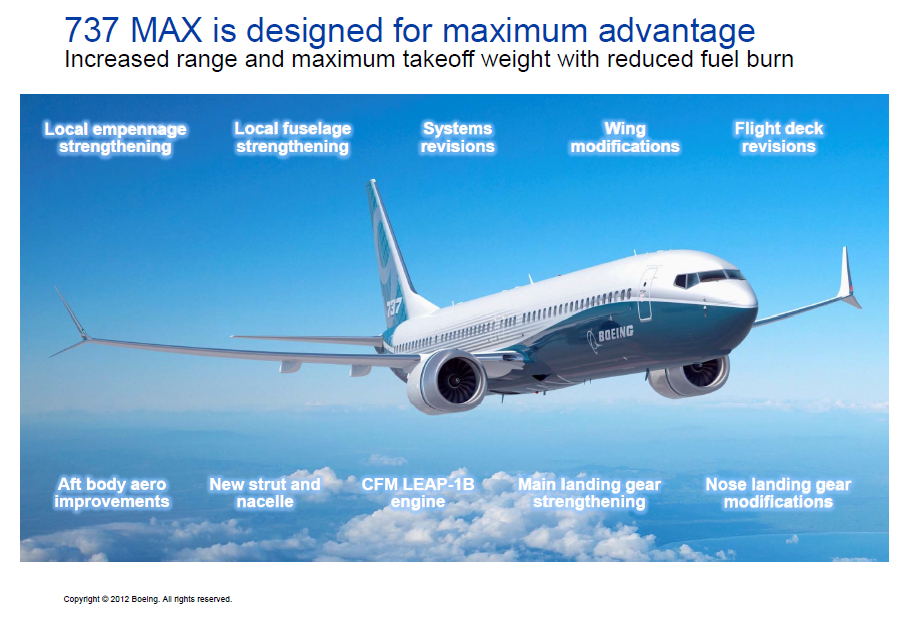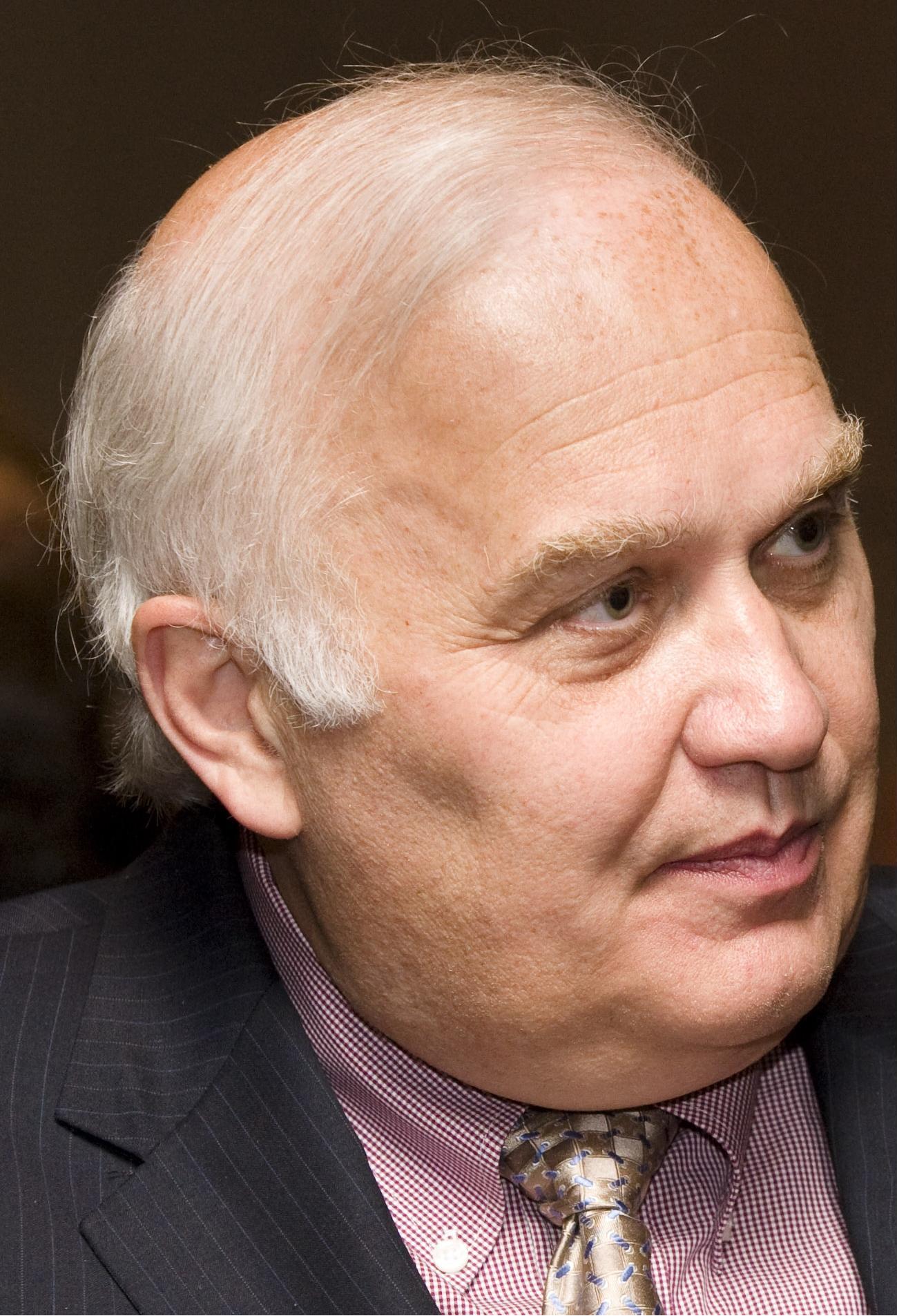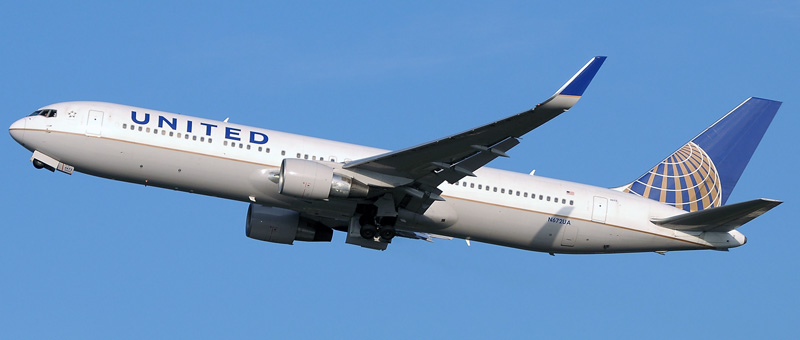Leeham News and Analysis
There's more to real news than a news release.
Pontifications: Back to drawing board on NMA, Boeing’s CEO says
Jan. 27, 2020, © Leeham News: Back to the drawing board.
So to speak.
There is no drawing board, of course, but, rather, computer design.
In his first media conference last week as president and CEO of The Boeing Co., David Calhoun is going back to a fresh start on evaluating what Boeing needs for its next new airplane.
The New Midmarket Airplane (NMA) and Future Small Airplane (FSA) appear dead.
That’s not to say, necessarily, restarting the analysis won’t conclude one of these concepts is the right one after all.
But something entirely new might emerge, too.
Boeing hasn’t hit bottom yet. Neither have suppliers.
By Scott Hamilton
Analysis
Jan. 15, 2020, © Leeham News: The extent of the damage to Boeing from the 737 MAX crisis still is unfolding.
 Billions of dollars in new costs and charges are expected to be announced on the 2019 earnings release and call, Jan. 29.
Billions of dollars in new costs and charges are expected to be announced on the 2019 earnings release and call, Jan. 29.
But the long-term effects, only surmised until now, are beginning to become evident following information obtained by LNA from multiple sources.
- Restarting production will be at a low initial monthly rate.
- Ramp to previously targeted 57/mo likely lags by three years.
- The impact on suppliers will be profound.
- Impact on employee retention is unknown.
- 737 backlog delivery schedule will require major adjustments.
- Airbus stands to benefit from Boeing’s extended lower production rate.
- New airplane years away—even as it’s needed for Boeing’s future.
- Lower 737 production rate reduces cash flow; 787 rate reduction will hurt, too.
Boeing hasn’t hit bottom yet. The worst is yet to come for suppliers.
A tectonic shift towards large narrowbody
Subscription Required
By Vincent Valery
Introduction

A321XLR. Source: Airbus.
Dec. 9, 2019, © Leeham News: There are now more firm orders for the Airbus A321neo than all the latest generation widebody programs combined: Airbus A330neo and A350, Boeing 787 and 777X. The largest Airbus narrowbody makes up 44% of all A320neo family orders, compared to 22% for the A320ceo family.
After peaking in 2015, twin-aisle aircraft now represent a smaller portion of all deliveries. Boeing will lower the future Dreamliner production rate from 14 to 12 per month, while Airbus did not proceed with an A350 rate hike.
Being at a later point in the cycle, economic slowdown, and trade tensions explain part of the lower demand for widebody aircraft. However, there are good reasons to believe something more fundamental is at play.
LNA wrote a few months ago that Trans-Atlantic market fragmentation is hurting large widebody sales. This article analyzed the strategic shift occurring at numerous airlines that is hurting all twin-aisle sales, including the smaller A330neo and 787.
Summary
- Late cycle and trade war hurt widebody demand;
- Mitigating operating cost pressures on shorter routes;
- Narrowbody capital efficiency cannibalizes widebody;
- Monitoring the highest traffic growth region;
- Consequences for future programs.
Pontifications: A new setback for Boeing
Nov. 18, 2019, © Leeham News: Boeing suffered another setback last week, and this time it’s unrelated to the 737 MAX.
Boeing abandoned a robotic riveting/fastener system awkwardly called Fuselage Automatic Upright Build, or FAUB, intended to speed production.
Bloomberg first reported the abandonment. The Seattle Times has an extensive story detailing the history and objectives.
Doing these processes manually is incredibly labor intensive. FAUB, when it works, dramatically cuts the time, improves the accuracy and reduces injuries.
FAUB is but one element of a production transformation Boeing has been doing for years under the code name Black Diamond.
Converging technologies in NMA
Various automated and digital processes technologies have been in place on various 7-Series programs for years. FAUB, as The Seattle Times reported, was added to the 777 Classic line ab0ut six years ago. Part of the mission was to de-risk FAUB for application to the 777X.
Then, FAUB and the other processes were to converge for the first time on one Boeing Commercial Airplanes program with the New Midmarket Airplane, or NMA.
Boeing CEO Dennis Muilenburg said on several earnings calls that the NMA was as much about production as it was about a new airplane program (or words to this effect).
But Boeing couldn’t make FAUB work.
Why not?
This is a good question and one for which there isn’t a clear answer.
It works elsewhere
FAUB, or a system very similar, is used by Airbus and other aerospace companies. It works for them, says Jessica Kinman, a senior manager for Dassault Systemes.
Kinman spoke Friday at a seminar sponsored by the Pacific Northwest Aerospace Alliance (PNAA) at North Seattle College about advanced manufacturing and other transformative production processes. This was just two days after the Boeing FAUB news broke.
Among the processes illustrated: robotics working on an upright fuselage. In other words, FAUB—although this was not identified as Boeing’s FAUB.
With the NMA business plan relying in part on Black Diamond processes, of which FAUB is an element, losing FAUB isn’t going to help an already-struggling business case.
But, then, NMA is on hold at Boeing until the MAX returns to service and cash flow resumes. So, from this perspective, losing FAUB at this time isn’t especially critical.
Longer term
But longer term, Boeing needs to understand why it couldn’t make FAUB work whereas Airbus and others can.
It’s all part of the digital factory Dassault and its competitors consult on as aerospace (and other industries) transform in the future.
I’ll have more about this in a subsequent post.
“It’s not easy to compare:” Airbus’ CEO Faury
- Guillaume Faury has been the chief executive officer of Airbus Group since April 1. In this exclusive interview, he looks back on his first six months and ahead for the future of the company. Part 1 appeared Oct. 30. This is the second of two parts.
Nov. 6, 2019, © Leeham News: “It’s not easy to compare the performance of the two companies,” says Guillaume Faury, the CEO of Airbus, when the inevitable comparisons between his company and Boeing are made.
The context was talking about advanced manufacturing, discussed in Part 1 of this interview.
“I don’t think we are behind on digital. I think they might have gained more preparation on the future of production systems. We are catching up big time if not ahead in some important places. I think we will know who’s first when the next generation of airplanes is launched. These will be the first ones with digital design and manufacturing. There’s not a single plane today which is full DDMS.”
The issue is key to the next new airplane produced by Airbus or Boeing.
Is reengining the Boeing 767 a good idea? Part 3.
By Bjorn Fehrm
Subscription Required
Introduction
October 31, 2019, © Leeham News: We have looked into what a reengining of the 767 with GE GEnx engines would give over the last two weeks. FlightGlobal wrote Boeing considers reengining the 767-400ER with the GEnx engine to produce a new freighter and perhaps a replacement for the NMA project.
We analyzed the aircraft fundamentals in Part 1, then passenger and cargo capacities in Part 2 and now we finish with the economics of different possible variants compared with the standard 767 and a possible NMA.
Summary:
- The economic improvement of a GEnx reengined 767 is hampered by the new engine’s larger size and higher weight.
- After catering for the increased empty weight and drag of a reengined 767, the result puts the project in question.
- A reengined 767 is far from a replacement for the NMA.
Faury looks to transform Airbus
- Guillaume Faury has been the chief executive officer of Airbus Group since April 1. In this exclusive interview, he looks back on his first six months and ahead for the future of the company. This is part 1 of two parts. Part 2 will appear soon.
Oct. 30, 2019, © Leeham News: Guillaume Faury assumed his office as chief executive officer of the Airbus Group at a time when the company was trying to emerge from years-long scandals over bribery and corruption probes and the industry was only beginning to reel from the grounding of the Boeing 737 MAX.
Now, he’s focused on guiding Airbus in the future through a series of transformations to put the scandals behind the company, change production for the future and prepare for new airplanes that inevitably must be designed.
Becoming CEO
Faury’s been with Airbus for 20 years, surrounding a four-year stint with Peugeot from 2009-2013 as EVPO of Research and Development. He was named president of Airbus Commercial in February 2018. He previously was president and CEO of Airbus Helicopters from 2013-2018.
He succeeded CEO Tom Enders, who was not going to be given another term as part of the fallout of the numerous government investigations into past practices at Airbus involving third parties for aircraft sales, bribery and corruption allegations.
Although Enders and CFO Harald Wilhelm initiated the probes and reported the problems to the governments, they along with many others had to go as Airbus tried to limit the damage.
Is reengining the Boeing 767 a good idea? Part 2.
By Bjorn Fehrm
Subscription Required
Introduction
October 24, 2019, © Leeham News: According to FlightGlobal, Boeing is investigating reengining the 767-400ER with GE GEnx engines to produce a new freighter and perhaps a replacement for the NMA project.
We started an analysis of what this would look like last week where we analyzed the aircraft fundamentals. Now, we continue with the capacities of passenger and cargo variants. Summary:
Summary:
- The 767-400ER is one size larger than the largest NMA. It would be a competitor to the Boeing 787-8. This makes the variant doubtful as an NMA replacement.
- As a cargo variant, it adds less than 20% of cargo volume on top of the present freighter, the 767-300F. Is this attracitve enough to motivate a reengine for a freighter?
Is re-engining the Boeing 767 a good idea?
By Bjorn Fehrm
Subscription Required
Introduction
October 17, 2019, © Leeham News: FlightGlobal writes Boeing is investigating re-engining the 767-400ER with GE GEnx engines to produce a new freighter and perhaps a passenger aircraft as a replacement for the NMA project. Development costs would be lower and it would be easier to get a business plan which closes for the upgraded 767 than for the NMA.
We commented on the idea earlier in the week and here follows a technical analysis of what re-engining the 767 would bring.
Summary:
- The 767 is 40 years old in its base design. We look at the fundamentals to understand the trades involved in extending its life with new engines.
- We also compare the 767 technologies with those for the NMA to understand the compromises of an updated 767RE compared with a clean sheet NMA.
How much of an NMA market will the Airbus A321XLR capture, Part 3?
By Bjorn Fehrm
Subscription Required
Introduction
August 1, 2019, © Leeham News: We wrap up our study of what part of an NMA market the Airbus A321XLR could capture with looking at the difference in available engine technology between the A231XLR and the NMA generation of airliners.
Summary:
- The generational improvement in fuel efficiency of airliner turbofans has been over 10% in the last decades.
- We examine if these improvements will still be the case for the NMA generation of aircraft.








